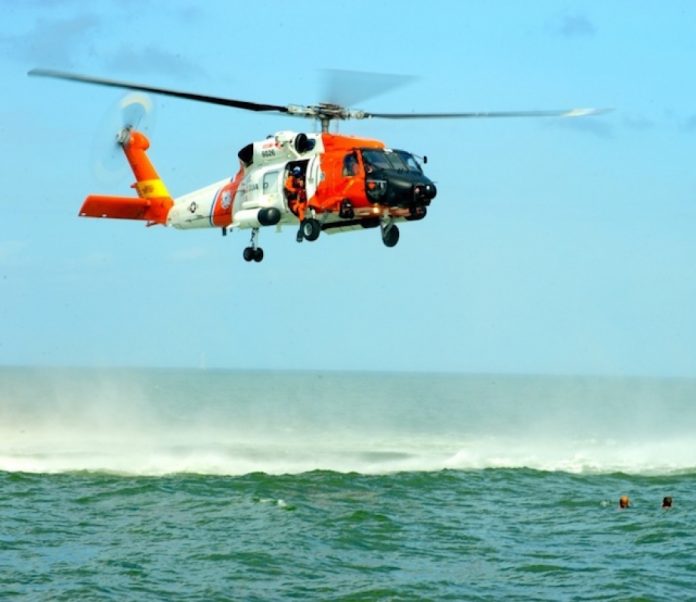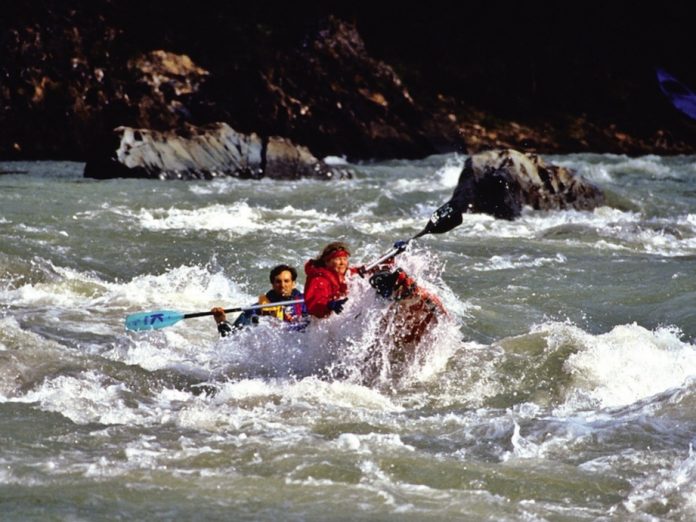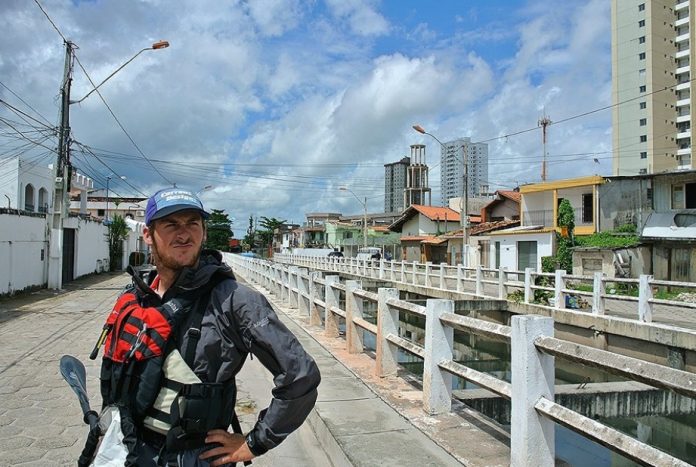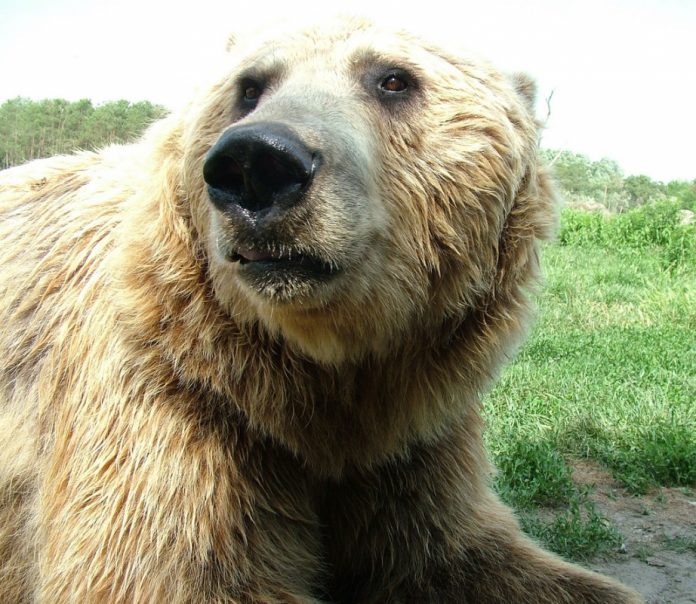A haystack in the middle of the river; that’s my first challenge of the day. It’s a metre-high mound of churning water that will knock our boat right over if we hit it in the wrong place.
“We” are eight paddlers from the south, transplanted to the Wernecke Mountains of the eastern Yukon. Our highway is the Bonnet Plume River, 320 kilometres of class I to VI rapids, dangerous sweepers and frigid water temperatures. And always the current. This is a river in a mad rush to reach the Arctic.
To come on this river, I’ve had a crash course in whitewater paddling. And I’ve lucked into Mark as a canoe partner. He’s calm, instructive and quick with his praise, which I shamelessly eat up. I’ve forgotten I’m a strong, independent woman who runs her own business and no longer needs any- one’s approval—and who certainly doesn’t like being told what to do. I’m depending on Mark’s instructions, eager to do as he tells me, relieved he never loses his temper. A part of me is standing back, shaking my head in disbelief. I seem to have gone careening back to childhood.
Tightening the sprayskirt around my waist, I’m as excited and nervous as a little kid.
“Don’t forget to smile,” our guide calls out as Mark and I eddy into the current. I plaster a grin on my face.
At first it’s genuine enough. Mark steers us into the black tongue to take us past the rocks and boulders on our left. I’m digging my pad- dle in hard under his calm instruction.
We plow through our first standing wave. A great weight of cold water is heaved onto my lap. Another swell of water is in front of me, and I’m grinning my way through it. But, suddenly, the canoe is veering left and straight ahead is a roiling wall of water towering over me. Where did this come from?
I don’t want to be here.
The bow rears up and the world goes cockeyed. The next instant I’m gasping in the frigid water beside the canoe. I grab hold of the gunwale, and the canoe carries me relentlessly downstream.
There’s only one problem: I don’t know how to get to shore. I’m going to be carried down the river forever.
Panic. Keening sobs rising inside me. I can’t breathe. No, this isn’t going to help. Calm down. Sur- prise when my body obeys. Though maybe it’s respond- ing to the sight of our guide’s bright yellow jacket as he runs along the shore.
Our guide throws a rope and I stop the canoe’s determined down- stream progress and am pulled to safety.
I want comforting arms around me; I want a soothing voice telling me it wasn’t my fault, there was nothing I could do.
“What happened?” I gasp.
“You did a classic air brace,” comes the wry reply, and I’m sent away to run up and down the shore to get warm.
It’s 10:30 by the time we finally make camp. The day has been a 12- hour adrenaline rush. After our guide has gone off to bed, I discover the lunch bucket I was using to do the dishes has completely melted on one side—I left it too close to the fire.
I’m stricken with little-girl fear. Our guide will be furious. We seem to be losing or ruining his equipment, piece by piece.
The others wander off to their tents, and I’m alone in the night. Not ready for sleep. The long hours of sunlight have wreaked havoc with my internal clock. I sit on a rock on the gravel beach and look across the river to the black spruce tree silhouetted against the faint blue glow of the sky and, silently, I sob.
I weep because I’m sure I’m going to be in trouble over the bucket. I weep because I’m alone and so out of my element. But I also weep for the spruce trees. Tonight they look like people trudging resolutely up the mountainside. Pilgrims seeking wisdom.
I thought I’d found wisdom, a modicum anyway. I thought I’d left behind my childhood need for approval and attention, and my fear of being rebuked. And yet here I am, sitting on a rock in the Yukon, and I’m a little girl sobbing her heart out. No more secure, no wiser than that little girl I thought I’d grown out of long ago. And the spruce trees on the other side of the river seem tonight to be all the other sad souls of the earth.
It’s our last day on the Bonnet Plume, and we’ve left behind the big canyons and big water. The river here is braided into many channels, separated by gravel bars of amazing symmetry and strewn with spruce and birch tree sweepers that are a deadly trap for an unwary canoe.
There’s no slackening in the speed of the river; if anything it’s fast- er. There is a sense of urgency, of momentum being gained, of being rushed, inevitably, to some conclusion.
I look at the trees lining the shore, many of them leaning at pre- carious angles, some of them, through no will of their own, about to plunge into the river, others already lying dead in the current, and I realize why on this trip I seem to be reliving my childhood: I’m one of those spruce trees. They seem to be trying to escape the river, but can’t—like me trying to escape that little girl I thought I’d outgrown. I thought I could free myself of her. Only to find myself seemingly right back where I started.
But I’m not where I started. In fact, I’m nowhere I’ve ever been be- fore—doing things, like navigating rapids and hiking mountains, that were never, even in my imagination, a part of my childhood. I can no more help my childlike reactions in this unfamiliar new world than spruce trees can avoid tumbling into the river.
And so, as we navigate the last kilometres of the messy, rushing Bonnet Plume, I am filled with a compassion for myself I’ve never felt before. And a quiet joy in being me.
Brenda Missen lives, writes and stores her canoe on the banks of Ontario’s Madawaska River. Her memoir recounting a decade of solo canoe trips is called If Jesus Were an Algonquin Park Bear. This is an excerpt from an earlier work.
This article first appeared in the 2009 Late Summer issue of Canoeroots and Family Camping magazine. Read the issue in our free iPad/iPhone/iPod Touch App or Android App or read it online here.












